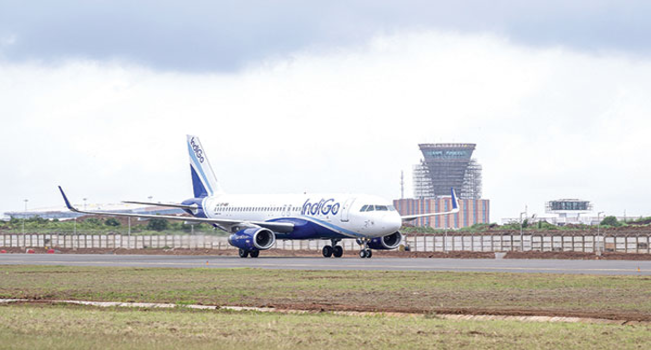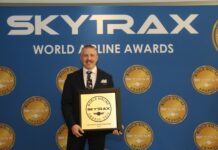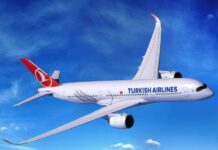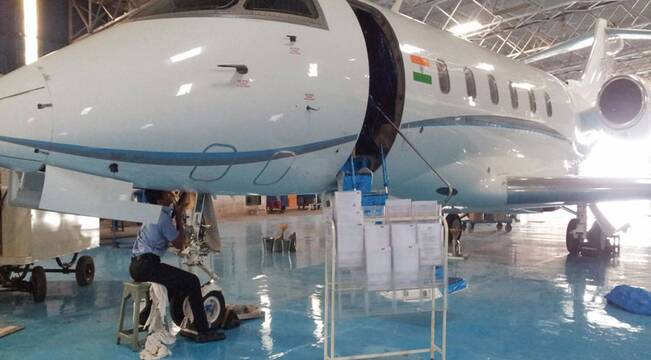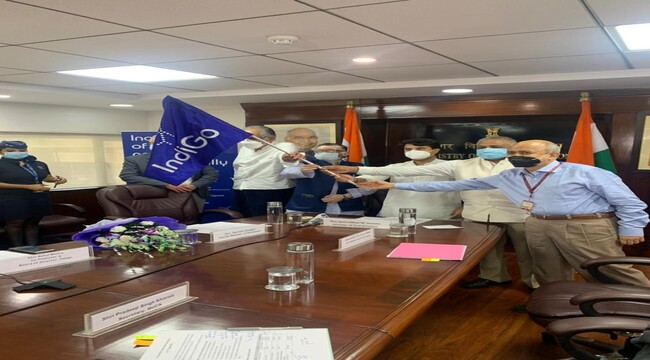Billions of investment dollars have flowed into a handful of startups looking to develop five-seat electric air taxis in recent years, with early launch routes including airport shuttles and short urban hops.
The market thesis, outlined by Uber Elevate in its famous 2016 white paper on urban air mobility (UAM), is that four-passenger electric vertical-takeoff-and-landing (eVTOL) vehicles, when operated at extremely high utilization rates, could eventually achieve low enough operating costs to make ticket prices competitive with ground transportation.
But not all market participants are convinced that this is the right approach. Sora Aviation, a startup from Bristol, UK, formed by a pair of engineers with previous experience at GKN Aerospace and Bell, has recently emerged from stealth with a plan to develop a 30-passenger large tiltrotor eVTOL called the S-1.
“We thought that airport shuttles were a good use case for eVTOLs, but why would you limit yourself to four people at a time?” explains Sora’s founder and CEO, Furqan, who does not go by a surname. “The Heathrow Express in London, for example, takes around 17,000 people per day between the center of London and Heathrow Airport. In order to get anywhere close to those numbers, four seats at a time, it would require a vast number of pilots and aircraft.”
From an operating cost perspective, the large eVTOL concept could be very attractive. Sora is currently estimating passenger seat mile costs of around $2 compared to smaller eVTOL startups like Archer and Joby which expect around $6 at launch, with plans to gradually bring that figure down over time as batteries improve.
“We don’t really see this as something that necessarily has to compete with air taxis, which we think there will be a significant market for,” Furqan says. “But we think this will have a much lower cost–something like a $40 ticket for a 20-mi. trip–and that makes it far more affordable and accessible for the general public.”
In its decision to develop such a large eVTOL from the get-go, Sora appears to be bucking the aerospace industry’s near-consensus view that starting with small platforms and gaining operational experience, before scaling into larger and more capable vehicles as battery technology advances, presents the most viable path to introducing electric aviation to the masses.
“The feasibility of batteries as an energy source is a function of range and not size,” Furqan says. “If you can make a five-seater go 100 mi., you can also make a 30-seater go 100 mi. The challenge is when you want to go much longer than that, and that’s not what we’re trying to do.”
Malcolm Foster, the company’s co-founder and chief technology officer, says he believes that people in the aerospace industry have a “fundamental misimpression” that battery propulsion is not feasible for larger aircraft.
“But the reality is that the battery size is going to be proportional to the size of the aircraft,” Foster says. “So if you take 30 people instead of four people, you’re simply going to end up with a seven and a half times bigger battery.
“As the aircraft gets bigger, you are kind of restricted on rotor diameters and so forth, so your disc loading and hover power consumption does go up, but it’s not too significant for the overall mission,” Foster adds. “For the same size of battery per pound of aircraft, we can still go the same range.”
To be sure, there are some additional complications for the large eVTOL concept, but the co-founders believe the advantages outweigh the drawbacks. For example, the larger aircraft will require more space to take off and land, potentially posing a challenge at tighter urban vertiports.
“We will require more space, but we can use that space more efficiently because every time we land, we offload 30 passengers, and so the area per passenger per landing is actually significantly lower than a smaller aircraft,” Furqan says.
Similarly with larger propellers, which create more noise, Furqan argues that fewer overall takeoffs and landings—by far the noisiest part of any VTOL flight—can still reduce overall noise exposure compared to small air taxis that will have many more takeoffs and landings per day.
The energy consumption of a larger eVTOL is also more efficient. “It’s just more efficient to fly 30 people on one larger aircraft rather than make eight trips on smaller aircraft,” Furqan said.
The startup is currently working through its preliminary design review (PDR), which Furqan said he expects to wrap up in 12-18 months. Certain aspects of the design remain undefined, but the basic concept is a 20-23-m maximum spanwise dimension aircraft with six large tilting propellers, four on the main wing and two on a canard, each supported by multiple electric motors and batteries stored in the wing.
Following PDR, Furqan said he expects Sora to spend around 18 months in a technology development phase, which will include testing of a subscale model, including wind tunnel testing, as well as rotor rigs and propulsion system development. This will be followed by a detailed design and manufacturing phase, and eventually flight testing according to the reports published in aviationweek.com .
The startup has been financed so far by angel investors, although Furqan said he plans to raise additional funds in the coming year or two.
The company expects the S-1 to enter service sometime around 2031.










